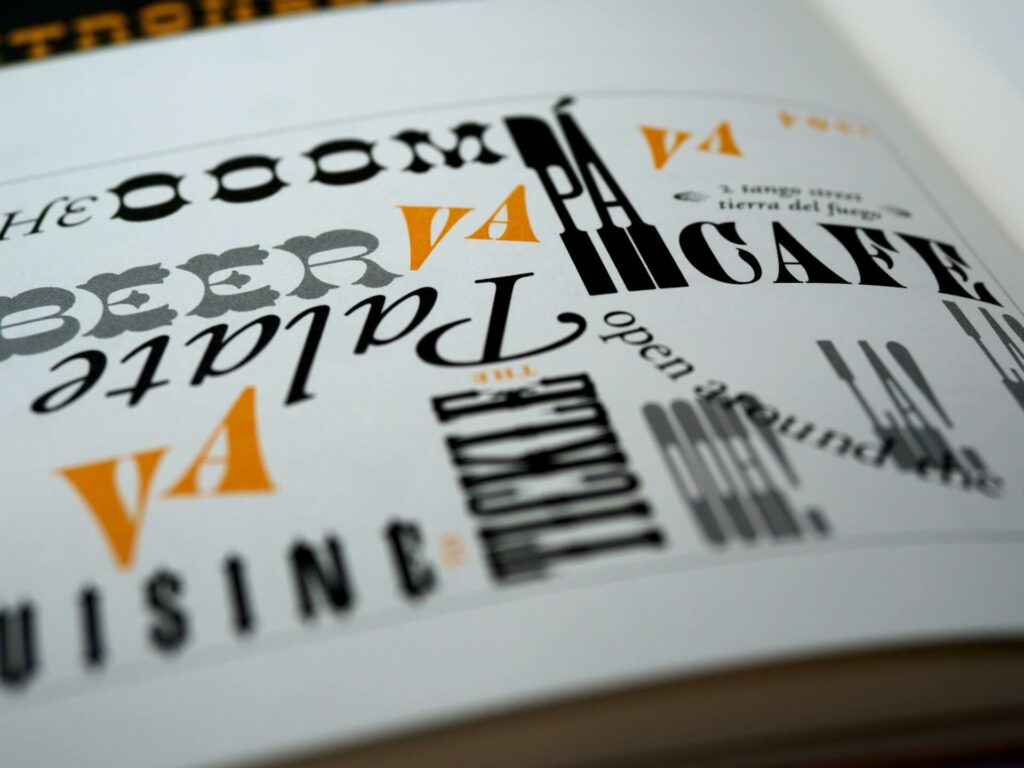Researched and written by Evangelos – ~4 min read

Creating content for an international audience involves more than just translating text. One crucial aspect that often gets overlooked is font selection. The right font can enhance readability, convey the appropriate tone, and ensure that your content resonates with diverse audiences worldwide. In this post, we’ll explore essential factors for choosing fonts that unlock global appeal.
- Understand the Basics of Typography
- Understand the Basics of Typography
Before diving into font selection for international content, it’s important to understand some basic typography concepts:
- Serif Fonts: These fonts have small lines or extensions at the ends of their letters. They are often considered traditional and formal (e.g., Times New Roman).
- Sans-Serif Fonts: These fonts do not have the small lines at the ends of their letters. They are generally viewed as modern and clean (e.g., Arial).
- Script Fonts: Resemble handwriting or calligraphy. They can add a personal or elegant touch but may not be suitable for all contexts due to readability issues.
- Monospaced Fonts: Every letter takes up the same amount of space. They are often used in coding and technical contexts (e.g., Courier).
- Prioritize Legibility and Readability
When selecting fonts for international content, legibility and readability are paramount. Ensure that your chosen font is easy to read across different sizes and devices. This is particularly important for languages with complex characters or scripts.
Tips for Enhancing Legibility:
- Avoid Decorative Fonts for Body Text: These are harder to read in large blocks.
- Choose Standard Font Sizes: At least 16px for body text is generally recommended.
- Test Across Devices: Ensure the font looks good on both desktop and mobile screens.
- Consider Cultural Perceptions and Preferences
Different cultures may have distinct preferences and associations with certain fonts. For instance, a font that appears professional and trustworthy in one culture might seem casual or inappropriate in another.
Examples:
- Western Audiences: Serif fonts like Times New Roman are often associated with professionalism and tradition.
- East Asian Audiences: Sans-serif fonts are generally preferred for their simplicity and modernity.
Research cultural preferences in your target markets to choose fonts that will be well-received.
- Support for Multiple Languages and Scripts
Ensure that your chosen font supports the various languages and scripts of your international audience. This includes considering characters with accents, special symbols, and non-Latin scripts such as Arabic, Cyrillic, or Chinese.
Unicode Fonts:
Opt for Unicode fonts, which cover a wide range of characters and symbols from different languages, ensuring compatibility and consistency across your international content.
- Maintain Brand Consistency
While it’s crucial to cater to local preferences, maintaining brand consistency across different markets is also important. Choose a versatile font that aligns with your brand identity but can be adapted to different cultural contexts.
Example:
A global brand might use a primary sans-serif font for all markets but adapt specific elements (like headlines) to better suit local preferences without deviating from the core brand identity.
- Ensure Accessibility
Accessibility is a key factor in font selection. Choose fonts that are easily readable by individuals with visual impairments or reading difficulties.
Tips for Accessible Fonts:
- High Contrast: Ensure a high contrast between text and background.
- Clear Characters: Fonts with distinguishable characters (e.g., the difference between ‘I’, ‘l’, and ‘1’) improve readability.
- Avoiding All Caps: Using all capital letters can be harder to read and comprehend.
- Test and Gather Feedback
Before finalizing your font choice, conduct thorough testing. Gather feedback from native speakers and individuals from your target markets to ensure the font meets their expectations and preferences.
Methods for Testing:
- A/B Testing: Compare different fonts to see which one performs better in terms of readability and engagement.
- Surveys and Focus Groups: Directly ask your target audience for their preferences and feedback.
Conclusion
Font selection is a critical aspect of creating effective international content. By prioritizing legibility, understanding cultural preferences, ensuring language support, maintaining brand consistency, focusing on accessibility, and testing thoroughly, you can unlock global appeal and enhance the impact of your content.
At Langpros, we understand the complexities of reaching a global audience. Our expertise in localization and language solutions ensures that your content not only speaks the language of your target audience but also resonates culturally and visually. Contact us today to learn how we can help you achieve your global communication goals.





